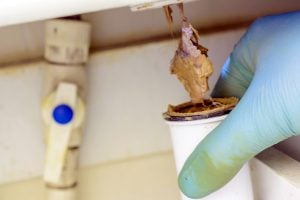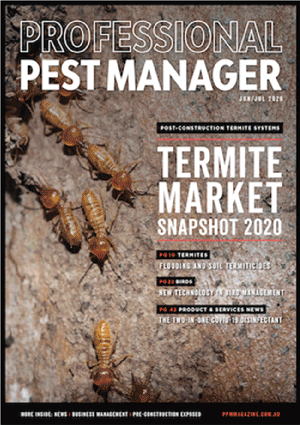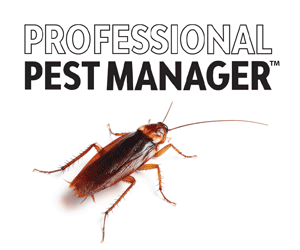An international team of researchers has discovered why drain flies are so adept at evading harm from water droplets.
How is it that when subjected to a squirt of water from the sink, or the flush of a toilet, drain flies (Family Psychodidae) manage to almost never get washed away? Obviously they want to avoid drowning, but the simple impact of a water droplet can also be enough to cause injury or death. It would be reasonable to assume that their remarkable ability to evade such potentially lethal threats stems from an evolved behavioural response. Yet an international team of researchers has discovered that it is all down to the drain flies’ unique hair covering, which sees water bouncing off its surface.
A particular pest of commercial kitchens, drain flies like to stay near drains where they lay their eggs and feed on microorganisms and liquid carbohydrates found in the slime that builds up over time. Though they generally behave very sedately, they react quite quickly when threatened with water. Pests managers (and their customers) will know that it is impossible to simply wash them away.

The drain fly cuticle is not just hydrophobic (water repellent) but is classified as superhydrophobic. Superhydrophobicity cannot be achieved through the chemical properties of the surface alone, it is the combination of surface chemistry and surface roughness, provided by the hair characteristics, that delivers the super water repellency properties.
Three different types of hair densely cover the fly’s entire body and appendages: a spread of large hairs on the wings; a second type of larger, flattened, leaf- shaped hair on the legs, antennae, and in patches along the widest region of the wing; and small, cone-shaped hairs sticking out from the wing membrane, legs, and antennae, which lie underneath the large leaf-like hairs.
To test the limits of the superhydrophobicity of this hairy covering, the researchers subjected drain flies to three kinds of water threat and noted their behavioural response.
Firstly, they looked at how the flies responded to water droplets – which in real-life terms would be in the form of rain, dripping liquid, and sprays from taps or shower heads.
When faced with a single droplet falling from above, the drain fly senses its approach, either visually or with sensilla that feel the air flow, and begins to raise its wings preparing for take-off. However, when faced with a droplet of twice the velocity, the fly does not respond to the threat quickly enough – the droplet smashes the fly into the ground. The droplet easily glides off the wing, and the fly quickly leaps into flight, in worst cases suffering minor injuries to its thin appendages. However, faster moving droplets and more intense sprays can eventually become a problem depending on the droplet size, velocity, impact location and orientation. That said, it took about six large droplet impacts for one of the flies to become unresponsive and die.
Secondly, the researchers looked at how the flies responded to mists, to simulate natural fog and steamy bathrooms. They observed that when a drain fly sits in mist, water gradually accumulates, and the hairy covering traps, rather than repels, the water. It adheres to the hairs in a spherical shape that easily rolls off when the drain fly flaps its wings.
Finally, the researchers examined the drain flies’ interaction with pools and small waves to simulate puddles, streams, toilets and water in the P-trap of drains.
When faced with waves, the flies’ response is to fly away to safety. Yet interestingly they can also stand on and leap from the surface of a pool of water. If they become submerged, their hairy covering entraps a plastron (thin layer of air) over the surface of their entire body. This plastron enables them to float to the surface of the pool, where they can escape. If they become pinned to a solid beneath the water surface, the air layer, combined with the exchange of carbon dioxide and oxygen in the water, enables the flies to survive submerged for up to approximately five hours.
The findings of the study suggest that drain flies are very resilient to water threats. Their specialised hair covering combined with their rapid flight enables them to stay dry and safe in the wet environments of our homes and outdoors. The researchers did note however that the hydrophobic performance of the hairs was dramatically reduced with the introduction of surfactants. Coupled with this new understanding of the unique morphology of drain flies’ hair structure the researchers believe this may aid in the development of appropriate wetting pesticides. However, for the time being, drain flies are best controlled by elimination of breeding sites. Good hygiene practices, the cleaning of drains and clearing up of spilled food, are essential.
Back to pest control flies or more information on flies.
Further reading: Speirs, et al. (2021). How drain flies manage to almost never get washed away. Scientific Reports. 11. 10.1038/ s41598-021-86046-z.



